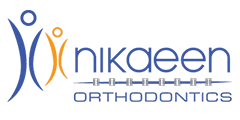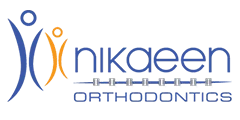FREQUESNTLY ASKED QUESTIONS
Top Four Questions
Click here to see what just a few of the many thrilled patients are saying about Invisalign and to see their before and after pictures.
General Questions
There are four primary benefits of Invisalign.
Invisalign is nearly invisible – No one will know you’re straightening your teeth.
Invisalign is removable – You can eat and drink what you desire. It’s also easier to maintain good oral hygiene.
Invisalign is comfortable – There are no metal brackets or wires to cause mouth irritation. This also means you spend less time in the doctor’s chair getting adjustments.
Invisalign allows you to view your own virtual treatment plan before you start – so you can see how your straight teeth will look when treatment is complete.
Getting Started
Case Selection
During Treatment
Please call us at (310) 444-1113 or send an email to schedule your free initial consultation. We serve Southern California including Los Angeles (LA), Beverly Hills, and Santa Monica.

Current Patient: (310) 444-1113
New Patients: (310) 929-6220
info@invisibraces.com
11620 Wilshire Blvd. Suite 440,
Los Angeles, CA 90025




